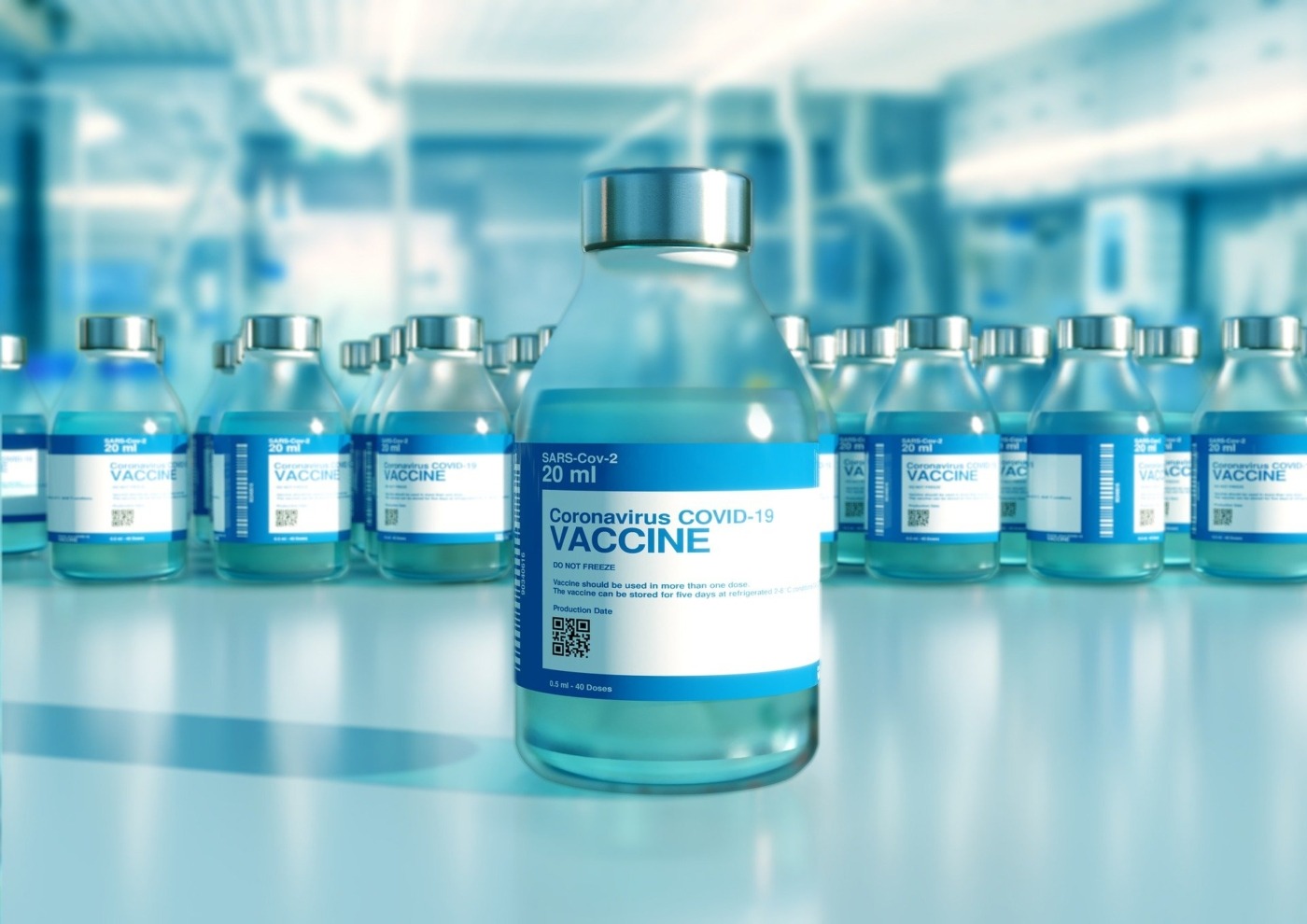Record-breaking Covid-19 vaccines: how were they made so quickly?
Before the coronavirus pandemic, the mumps vaccine licensed in 1967 held the record for the fastest ever vaccine development; from research to approval it took four years. The lightning-fast creation of multiple coronavirus (Covid-19) vaccines has therefore left a lot of us surprised, or even confused. How were the vaccines developed so quickly, how safe are they, and what are the differences between them?
Preparation and sufficient resources meant the race for a vaccine progressed much faster than ever before. Because the coronavirus impacted the global economy and raised unemployment levels, governments were less hesitant to provide funding to vaccine-development efforts. The clear benefits of controlling the pandemic (such as curbing the spread, limiting fatalities, and rebuilding the economy) reduced the financial risks of funding research. This meant that pharmaceutical and biotech companies had access to the resources necessary to design a vaccine and gain approval to conduct clinical trials as quickly as possible. In addition, scientists were already working on vaccine designs that they could use to fight a virus quickly, such as in the event of a pandemic, which gave them a useful head start.
Clinical trials for Covid-19 vaccines followed the same protocols as usual; no phases were skipped
Clinical trials are standardised studies to thoroughly test new treatments before they’re licensed and made available to patients. They are performed in three phases: finding an appropriate dose in Phase I, testing the usefulness of the treatment in Phase II, and finally testing the treatment on a large number of volunteers to assess side effects and efficacy in Phase III.
Clinical trials for Covid-19 vaccines followed the same protocols as usual; no phases were skipped. There was instead an overlap between the phases to save time, using the ample funding to conduct large-scale studies and obtaining the same data within one year as most trials can only do in 10-15 years.
Next, if vaccines pass clinical trials with promising data, they have to gain approval from regulatory bodies and manufacture sufficient doses. Not all Covid-19 vaccines reach this stage; a vaccine being developed in Australia was abandoned in December 2020 after producing false positive HIV results during clinical trials.
The first two vaccines to be approved for emergency use in December were the Pfizer/BioNTech vaccine, followed shortly after by the Oxford/AstraZeneca vaccine. So how do they work, and how do they compare?
All vaccines safely imitate an infection to teach our immune systems to recognise a harmful virus or bacteria, produce the correct cells to fight it, and produce memory cells that stay in our body. The next time we encounter the pathogen, the memory cells trigger the same response as before, only much quicker, to protect ourselves from getting sick.
The Oxford/AstraZeneca vaccine is a ‘vector vaccine’; it uses a different virus (the version of the common cold virus, or adenovirus, that infects chimpanzees but not humans) to carry the DNA for the spike protein that covers the coronavirus. Once the viral vector gives our cells the instructions to make the coronavirus spike protein, this triggers the immune response described above.
The design of the Pfizer/BioNTech vaccine was chosen years ago to be used in pandemics since it can be made rapidly
The design of the Pfizer/BioNTech vaccine was chosen years ago to be used in pandemics since it can be made rapidly. The German company BioNTech, led by Dr Özlem Türeci and Dr Uğur Şahin, co-developed a vaccine using BioNTech’s messenger RNA (mRNA) technology. mRNA are the genetic instructions used to make proteins. The vaccine directly injects mRNA (covered in a fatty protective coating) that tells cells to make one part of the coronavirus spike protein. The immune response is triggered once the protein parts are made, and the mRNA is destroyed once it’s no longer needed.
In the UK, both vaccines are given as two doses injected into the upper arm, 3-12 weeks apart. Both have met the strict safety standards of the Medicines and Healthcare products Regulatory Agency, which follows international standards. The technology behind the Oxford/AstraZeneca vaccine has already been used in vaccines, such as those against the flu and Zika. The vaccine is up to 90% effective. The Pfizer/BioNTech vaccine uses newer technology and is more difficult to transport, since it must be kept at -70 degrees Celsius, but it has an effectiveness of 95%.
Cooperation between companies, governments, and regulatory bodies (and the availability of plenty of funding) made it possible to start rolling out vaccines quickly without cutting corners on safety. Whilst the Pfizer/BioNTech and Oxford/AstraZeneca vaccines use different technologies, both instruct our cells to make spike proteins, triggering our immune system into action. The speed with which scientists delivered effective vaccines is impressive, and their safety has been confirmed many times over by clinical trials and regulatory bodies around the world. What’s left now is for everyone to stay safe, get vaccinated, and ensure equitable access to vaccines for every country if we want to successfully get this pandemic under control.

Comments